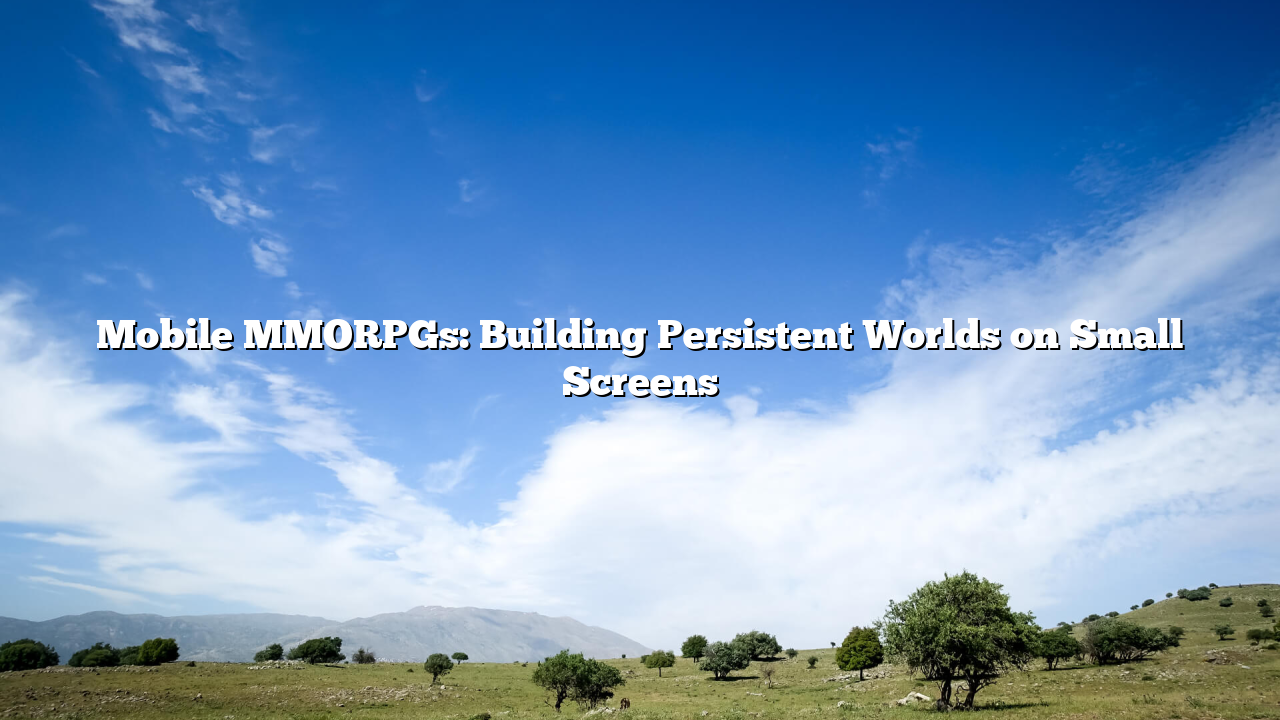Mobile MMORPGs have become increasingly complex and immersive, offering persistent online worlds that rival traditional PC counterparts. What ALAM4D once seemed impossible on mobile—large maps, real-time battles, and thousands of concurrent players—is now a standard feature in many modern MMORPG titles.
A major factor behind their growth is the advancement of mobile processors and networking technology. Higher RAM capacity, faster CPUs, and improved storage solutions enable detailed environments, dynamic weather effects, and smooth character interactions. These improvements allow developers to design expansive worlds filled with dungeons, cities, and battlegrounds.
Community interaction is the heart of any MMORPG, and mobile titles excel at providing this. Guilds, alliances, voice chat, and cooperative missions allow players to form lasting friendships. Many players log in daily not just to complete quests but to socialize with their communities. This social element significantly boosts retention, making MMORPGs some of the longest-lifespan games on mobile stores.
Content variety also plays a crucial role. Modern mobile MMORPGs offer PvP arenas, raid bosses, crafting systems, housing features, and seasonal events. These mechanics provide endless activities for different types of players, whether they prefer combat, exploration, or progression.
Monetization in MMORPGs has shifted toward battle passes and cosmetic skins. Developers aim to avoid pay-to-win systems that could disrupt balance and alienate players. Fair monetization creates healthier communities and longer game lifecycles.
Looking forward, improvements in cloud rendering, AI-driven NPC behavior, and procedural map expansion may allow mobile MMORPGs to deliver even more ambitious worlds. As technology evolves, the line between mobile and PC MMORPGs will continue to fade.
